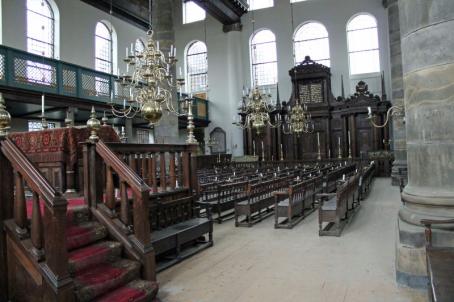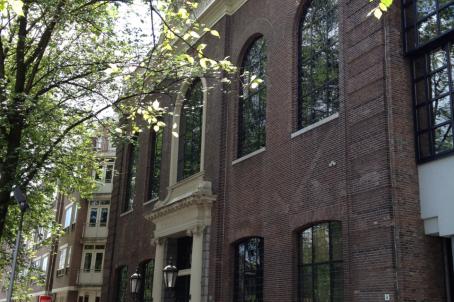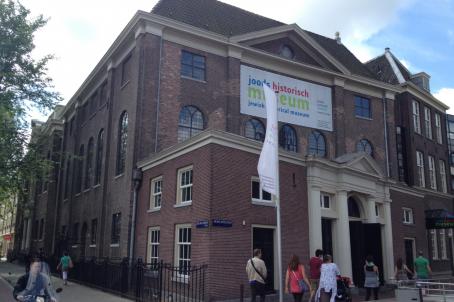Esnoga Synagogue
The Esnoga (Talmud Torah) Synagogue in Amsterdam is also known as the Portuguese Synagogue. It is Sephardic synagogue constructed in 1675. Esnoga means synagogue in Ladino, the traditional Judao-Spanish language of the Sephardic Jews. It is still an active place of worship and tourist destination.
About this building
N/A






